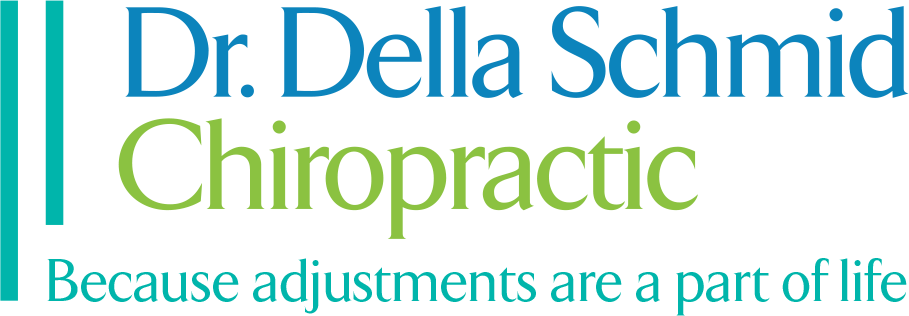FAQs
Q: What conditions do chiropractors treat?
A: Doctors of Chiropractic (DCs) care for patients of all ages, with a variety of health conditions. DCs are especially well known for their expertise in caring for patients with back pain, neck pain and headaches…particularly with their highly skilled manipulations or chiropractic adjustments. They also care for patients with a wide range of injuries and disorders of the musculoskeletal system, involving the muscles, ligaments and joints. These painful conditions often involve or impact the nervous system, which can cause referred pain distant to the region of injury. The benefits of chiropractic care extend to general health issues, as well, since our body structure affects our overall function. DCs also counsel patients on diet, nutrition, exercise, healthy habits, and occupational and lifestyle modification.
Q: Is chiropractic treatment safe?
A: Chiropractic is widely recognized as one of the safest drug-free, non-invasive therapies available for the treatment of neuromusculoskeletal complaints. Although chiropractic has an excellent safety record, no health treatment is completely free of potential adverse effects. The risks associated with chiropractic, however, are very small. Many patients feel immediate relief following chiropractic treatment, but some rarely may experience mild soreness, stiffness or aching, just as they do after some forms of exercise.
Neck pain and some types of headaches are treated through precise cervical manipulation. Cervical manipulation, often called a neck adjustment, works to improve joint mobility in the neck, restoring range of motion and reducing muscle spasm, which helps relieve pressure and tension. Neck manipulation, when performed by a skilled and well-educated professional such as a doctor of chiropractic, is a remarkably safe procedure.
Q: Does chiropractic treatment require a referral from an MD?
A: A referral is usually not needed to see a doctor of chiropractic (DC). Most plans allow you to just call and schedule an appointment with a DC. Our office staff will be happy to check with your insurance if a referral is required.
Q: Is chiropractic treatment appropriate for children?
A: Yes, children can benefit from chiropractic care. Children are very physically active and experience many types of falls and injuries from activities of daily living as well as from participating in sports. Injuries such as these may cause many symptoms including back and neck pain, stiffness, soreness or discomfort. Chiropractic care is always adapted to the individual patient. It is a highly skilled treatment, and in the case of children, very gentle.
Q: Do insurance plans cover chiropractic?
A: Yes. Chiropractic care is included in most health insurance plans, including major medical plans, workers’ compensation, Medicare, some Medicaid plans, and Blue Cross Blue Shield plans, among others. Chiropractic care is also available to active-duty members of the armed forces at more than 60 military bases and is available to veterans at more than 60 major veterans medical facilities.
Q: What type of education and training do chiropractors have?
A: Doctors of chiropractic are educated as primary-contact health care providers, with an emphasis on diagnosis and treatment of conditions related to the musculoskeletal system (the muscles, ligaments and joints of the spine and extremities) and the nerves that supply them. Educational requirements for doctors of chiropractic are among the most stringent of any of the health care professions. The typical applicant for chiropractic college has already acquired nearly four years of pre-medical undergraduate college education. Once accepted into an accredited chiropractic college, the requirements become even more demanding — four to five academic years of professional study are the standard. Doctors of chiropractic are educated in orthopedics, neurology, physiology, human anatomy, clinical diagnosis including laboratory procedures, diagnostic imaging, exercise, nutrition, rehabilitation and more. Because chiropractic care includes highly skilled manipulation/adjusting techniques, a significant portion of time is spent in clinical technique training to master these important manipulative procedures. The course of study is approved by the Council on Chiropractic Education, an accrediting agency that is fully recognized by the U.S. Department of Education.
Q: How is a chiropractic adjustment performed?
A: Chiropractic adjustment or manipulation is a manual procedure that utilizes the highly refined skills developed during the doctor of chiropractic’s intensive years of chiropractic education. The chiropractic physician typically uses his or her hands to manipulate the joints of the body, particularly the spine, in order to restore or enhance joint function. This often helps resolve joint inflammation and reduces the patient’s pain. Chiropractic manipulation is a highly controlled procedure that rarely causes discomfort. The chiropractor adapts the procedure to meet the specific needs of each patient. Patients often note positive changes in their symptoms immediately following treatment.
Q: Is chiropractic treatment ongoing?
A: The hands-on nature of the chiropractic treatment is essentially what requires patients to visit the chiropractor a number of times. To be treated by a chiropractor, a patient needs to be in his or her office. In contrast, a course of treatment from medical doctors often involves a pre-established plan that is conducted at home (i.e. taking a course of antibiotics once a day for a couple of weeks). A chiropractor may provide acute, chronic, and/or preventive care thus making a certain number of visits sometimes necessary. Your doctor of chiropractic should tell you the extent of treatment recommended and how long you can expect it to last.
Q: Why is there a popping sound when a joint is adjusted?
A: Adjustment (or manipulation) of a joint may result in the release of a gas bubble between the joints, which makes a popping sound. The same thing occurs when you “crack” your knuckles. The noise is caused by the change of pressure within a misaligned joint. There is usually minimal, if any, discomfort involved.
Adapted from the American Chiropractic Association
